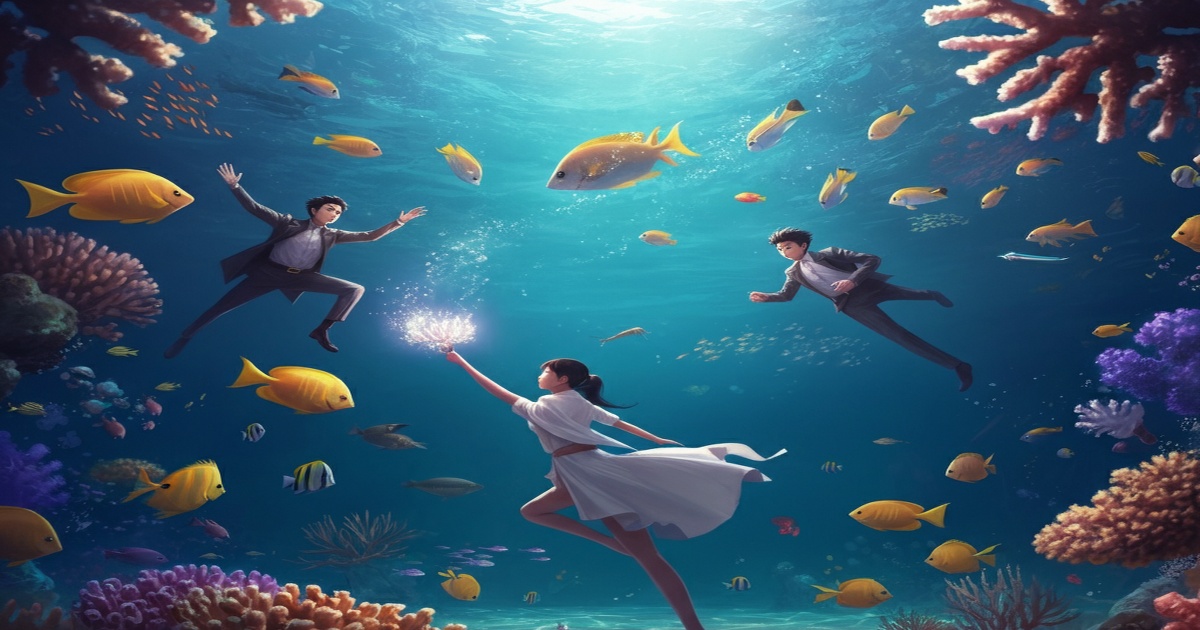A team of marine scientists from Guangxi University has made a significant advancement in coral conservation, coinciding with World Oceans Day. The team, working off the coast of Weizhou Island in the Guangxi Zhuang autonomous region, has successfully developed a key technology to induce large-scale coral spawning in high-latitude regions.
This breakthrough allows for the controlled sexual reproduction of corals, representing a crucial step in transforming Weizhou Island into a protected area for corals facing threats from climate change. The research, spanning eleven years, has progressed from simply planting corals to actively breeding them, fostering the creation of thriving underwater ecosystems.
Coral reefs, vital ecosystems supporting a vast array of marine life, have been significantly impacted by global warming and human activities, leading to widespread coral bleaching. Weizhou Island has experienced a dramatic decline in coral cover, dropping from 60 percent in the 1980s to less than 5 percent by 2015.
The Guangxi University team initiated a coral reef restoration project in 2015. They cultivated coral colonies in laboratories, salvaged fragments from the seafloor, and carefully transplanted them onto the seabed. Their 2,000-square-meter restoration zone has shown remarkable progress, with coral cover increasing to 20 percent over three years. The team has also installed numerous artificial reefs, transplanted tens of thousands of coral colonies, and restored a substantial area of reefs.
The team emphasizes the importance of natural reproduction for successful restoration. Coral spawning is a brief event, occurring for only a few hours each year. To capture this, the team developed techniques to identify spawning windows by monitoring coral development and seawater conditions.
In mid-May, the researchers identified a 72-hour window for coral spawning off Weizhou Island. Divers captured images of corals releasing reproductive bundles, while other scientists induced spawning and collected eggs and sperm. In the laboratory, researchers worked to preserve the gametes in liquid nitrogen.
This expedition confirmed that the restored corals had reached sexual maturity and are capable of mass reproduction. The laboratory now houses liquid nitrogen tanks storing reproductive cells from various coral populations, serving as a crucial resource for future restoration efforts.







6 Comments
Donatello
Amazing! This is incredible progress! Science for the win! Hopeful for the future of these precious ecosystems.
Leonardo
This sounds expensive. Are they prioritizing this over addressing the core environmental issues causing reef damage?
Raphael
This is what progress looks like! Controlled sexual reproduction provides an opportunity to diversify the existing corals.
Michelangelo
Is this just a PR stunt for the university? Are these restoration efforts being truly effective?
Raphael
They've spent 11 years and restored a 2000-square-meter area. That's a tiny fraction of what's been lost. It's hardly scalable.
dedus mopedus
This might inadvertently introduce genetic vulnerabilities by solely focusing on breeding certain corals. Diversity matters.